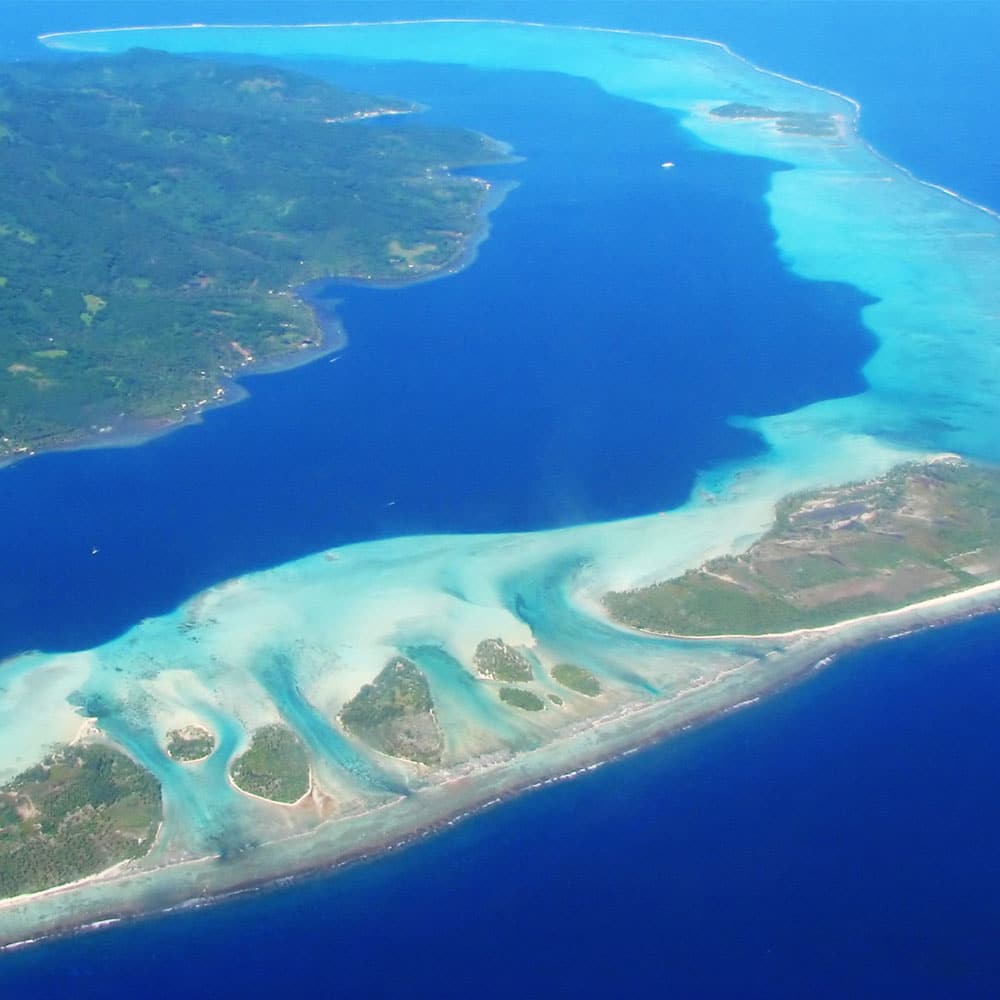Carbon Neutral Pearls
Pearl growing oysters are ancient creatures that are very sensitive to their environment. Pearl farmers therefore go to great lengths to keep the water around their oysters clean by preventing pollution, cyanide fishing and dynamite fishing in their local areas. This creates rare areas of incredible natural beauty and biodiversity around pearl farms.






Whilst pearl farming is wonderful for the environment, it’s under threat from climate change. Therefore, in 2009 we made the decision to help communicate this incredible link between pearls and the environment whilst doing our bit to help. Ever since, we’ve worked with Natural Capital Partners to offset the carbon footprint of our pearls, jewellery, and packaging by helping fund green energy projects around the world. We’re the one and only CarbonNeutral® pearl jewellery brand and we love the way that every piece of jewellery we create helps to fund these wonderful projects.
Here are some of the projects we’ve supported recently.
RIMBA RAYA BIODIVERSITY RESERVE, INDONESIA

This carbon neutral programme contributes to UN sustainable development goals in the Rimba Raya Biodiversity Reserve in Central Kalimantan, Indonesia. This country has the largest number of threatened mammal species in the world, including the endangered Borneo Orangutan, making biodiversity conservation a key aim.
With GPS-linked mobile phones, data is collected during field surveys for biodiversity monitoring. By minimising land use change, the project also helps prevent downstream flooding. It trains communities to make and sell inexpensive water filters so that clean drinking water is accessible to all.
Community centres have also been established to supply news, radio communication facilities, libraries, and social and agricultural training programmes – affecting more than 2,000 households within the project area.
RIMBA RAYA, BIODIVERSITY RESERVE, INDONESIA
This carbon neutral programme contributes to UN sustainable development goals in the Rimba Raya Biodiversity Reserve in Central Kalimantan, Indonesia. This country has the largest number of threatened mammal species in the world, including the endangered Borneo Orangutan, making biodiversity conservation a key aim.
With GPS-linked mobile phones, data is collected during field surveys for biodiversity monitoring. By minimising land use change, the project also helps prevent downstream flooding. It trains communities to make and sell inexpensive water filters so that clean drinking water is accessible to all.
Community centres have also been established to supply news, radio communication facilities, libraries, and social and agricultural training programmes – affecting more than 2,000 households within the project area.


LONGWANGTAN HYDRO POWER PROJECT, CHINA
This project creates clean energy in the Guizhou Province in south west China, with the construction of a hydro power station to replace the traditional and unreliable fossil-fuel alternatives.
The development of renewable energy supplies in China has local and global benefits. Most electricity in China is generated using coal, so this hydro power facility helps to directly reduce local atmospheric pollution. The reliability of this new power supply benefits local communities, bringing a better quality of life to people.
LONGWANGTAN HYDRO POWER PROJECT, CHINA

This project creates clean energy in the Guizhou Province in south west China, with the construction of a hydro power station to replace the traditional and unreliable fossil-fuel alternatives.
The development of renewable energy supplies in China has local and global benefits. Most electricity in China is generated using coal, so this hydro power facility helps to directly reduce local atmospheric pollution. The reliability of this new power supply benefits local communities, bringing a better quality of life to people.
